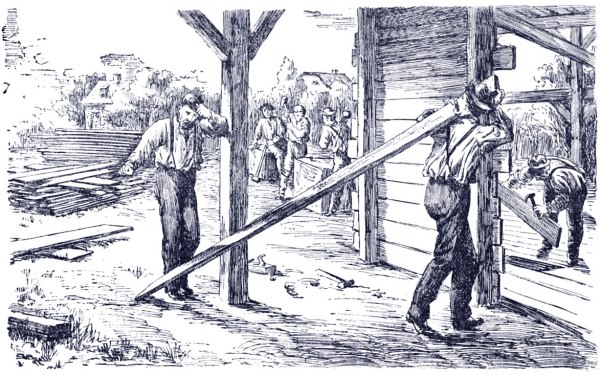
A Russian architect who is traveling in this country to study American building methods was greatly interested in the elevator which he saw used for raising brick in the construction of a great apartment-house. He even photographed the device, in order that he might have visual evidence of it to show on his return home. In his country no other method of hoisting brick is in use than the primitive one of carrying them aloft on the shoulders of men.
Such incidents are of common occurrence. Many of the labor-saving devices in use in America are unknown elsewhere. Our own countrymen traveling in Europe, and more especially in Asia, are astonished at the slow and toilsome methods there employed.
A failure to make use of labor-saving contrivances is not always due to lack of enterprise. Many of the inventions most useful to us “would not pay” where labor is cheap. Efforts to introduce the trolley-car for passenger and freight traffic in the West Indies encountered an obstacle which the American promoters had not foreseen.
The ten cents for which the company would carry a package five miles or more—a rate that would insure generous support here—did not seem small there, for the simple reason that many a native could find no easier way to earn ten cents than by walking the five miles and carrying the package on his head.
If “a workman is known by his chips,” he is also known by his tools. High-priced men do their work with high-priced machinery. The engineer of the mammoth locomotive which is pulling hundreds of people across country in a fast express-train is well paid; the poor Oriental, dragging his single passenger in a jinrikisha, gets barely enough for his support.
Not only does the high-priced worker create the necessity for mechanical improvements, but the mechanical improvements in turn augment productiveness. The lesson, then, for nations and for individuals is to make themselves worthy of good tools. Human muscles were made for something better than the work which a few lumps of coal under a boiler will do more easily.
The Youth’s Companion – July 26, 1900
—Jeff Burks